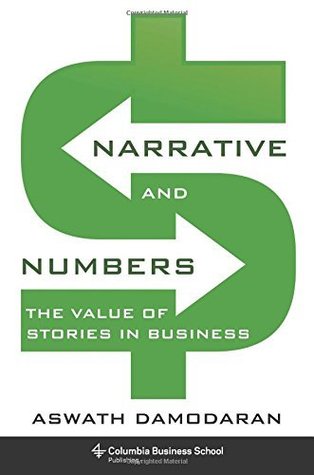More on this book
Community
Kindle Notes & Highlights
Not all stories that are possible are plausible, and among all plausible stories, only a few are probable.
I will classify narrative alterations into three groups: narrative breaks, in which real-life events decimate or end a story; narrative changes, in which actions or outcomes lead you to alter the story that you are telling in fundamental ways; and narrative shifts, in which occurrences on the ground don’t change the basic story but do alter some of its details in good or bad ways.
While there is no one company or advertising agency that consistently comes out ahead, the one consistent finding is that ads that tell compelling stories, quite a feat to pull off within 30 or 60 seconds, are the ones most likely to be remembered.
The missionary Company that presents itself as having a larger, more noble mission than just making money They will make money while doing good (for society).
Stories create connections and get remembered, but numbers convince people.
In the two decades prior to the crisis, these banks had developed a risk measure called “value at risk” (VAR), which allowed them to see in numerical terms their worst-case scenarios in terms of losses from their businesses.
That process is going to create “herding,” when you buy and sell the same stocks at the same time.
Put simply, the law of large numbers states that as sample sizes get larger, your computed statistics from that sample get more precise. If that sounds unreasonable, the intuition is that as sample sizes get larger, the mistakes you may have on individual data points get averaged out.
The three corners of the triangle—growth, risk, and reinvestment—are the drivers of the value of a business,
There are two ways of returning cash to investors, the first being dividends and the second being stock buybacks.
When a company that has historically paid only dividends initiates a stock buyback, you should consider the possibility that the firm feels less secure about future growth than previously.
Conversely, when a firm that historically has returned cash only in the form of buybacks decides to switch back to dividends, there are storytelling implications that the firm perceives its earnings stream as less volatile than it was.


